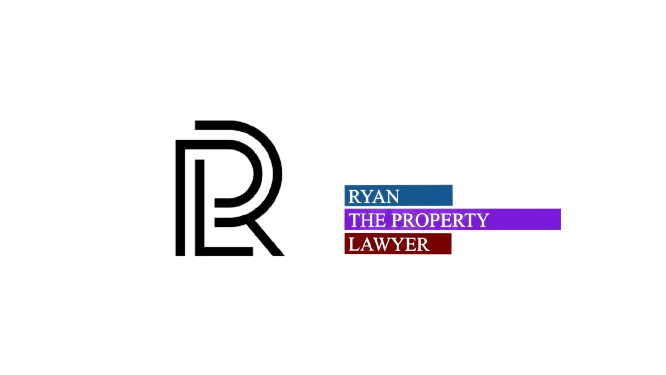A partnership is “…persons carrying on a business in common with a view to profit”. We have a previous blog post on the main characteristics of partnerships in Ontario.
Here are the main consequences of operating a partnership in Ontario.
The chief consequence is that each partner is liable to the full extent of her personal assets for debts and other liabilities of the partnership, as provided in the Partnerships Act.
Another main consequence is that, absent any agreement to the contrary, the continued existence of the partnership depends on the continuing participation of the partners who make it up. Yet another consequence is that a partner may not be an employee of the partnership business. Further, except in certain circumstances, a partner cannot also be a creditor of the partnership.
So, as we can see, in many ways a partnership is simply an amalgam of individual people working together for a common goal.
However, there are certain situations in which the partnership is treated as a distinct entity.
- The partnership is called a “firm”, and the name under which the partnership carries on business is the firm name;
- For income tax purposes, the income (or loss) from the partnership business is calculated at the firm level, adding up all the revenues of the partnership business and deducting all related expenses. The partnership is not taxed as a separate entity on this income; however, it is allocated out to the partners in accordance with their entitlements under the Act or the partnership agreement, and must be included in their individual returns. The partner’s share of the income or loss from the business must be included even if all profits are reinvested in the business and no cash is actually paid to the partner.
- Actions against the partnership may be commenced and must be defended using the firm name. Any order may be enforced against the property of the partnership as well as against the property of any person who was served personally and either did not deny being a partner or was judged to be a partner.
Practically, this means that a partner, absent stipulations under a partnership agreement, might have unlimited liability for the debts & liabilities of the partnership. The theory goes that, in accepting a commitment on behalf of the partnership, a third party should be able to rely on the personal creditworthiness of each person who is, or who appears to be, carrying on business.
RPL LLP’s lawyers advise on how to structure, operate and dissolve a partnership. Contact us to schedule a consultation.
Author Profile

Latest Blog
 Uncategorised22 December 2023What Constitutes a Legal Partnership in Ontario?
Uncategorised22 December 2023What Constitutes a Legal Partnership in Ontario? Uncategorised22 December 2023Characteristics of a Corporation in Ontario
Uncategorised22 December 2023Characteristics of a Corporation in Ontario Uncategorised22 December 2023Intentions Matter When Co-Owning Property
Uncategorised22 December 2023Intentions Matter When Co-Owning Property Uncategorised22 December 2023Consequences of Operating an Ontario Partnership
Uncategorised22 December 2023Consequences of Operating an Ontario Partnership




